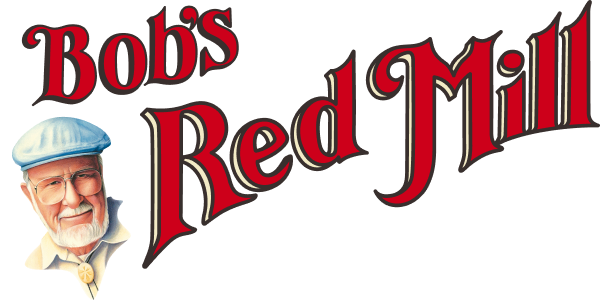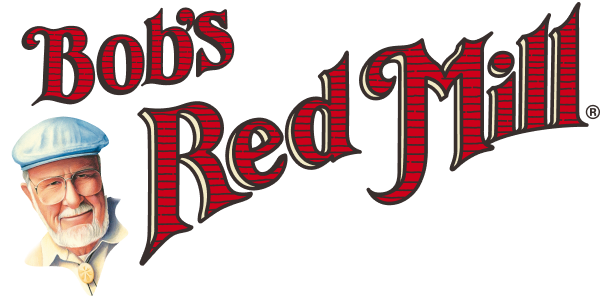


 When it comes to cooking, cornstarch has a few different uses. The most common use is being a thickening agent. When adding cornstarch to soups, stews and puddings, the molecules in it work to absorb water. When heated, those same molecules expand and soak up even more moisture in a recipe. This starch reaction makes cornstarch the perfect starch to use to boost the consistency and texture of the soup.
Additionally, cornstarch can be used in baked goods like brownies, bread, cakes and cookies. To add more structure to your favorite dessert, just add cornstarch! Using cornstarch in your baked goods recipe will help bind the ingredients in the recipe together, resulting in a light and chewy dessert.
Lastly, cornstarch is also commonly found in commercially produced products like powdered sugar and shredded cheese. When added to packaged goods, cornstarch works to absorb moisture and condensation. This process helps prevent lumps from forming and food from spoiling.
When it comes to cooking, cornstarch has a few different uses. The most common use is being a thickening agent. When adding cornstarch to soups, stews and puddings, the molecules in it work to absorb water. When heated, those same molecules expand and soak up even more moisture in a recipe. This starch reaction makes cornstarch the perfect starch to use to boost the consistency and texture of the soup.
Additionally, cornstarch can be used in baked goods like brownies, bread, cakes and cookies. To add more structure to your favorite dessert, just add cornstarch! Using cornstarch in your baked goods recipe will help bind the ingredients in the recipe together, resulting in a light and chewy dessert.
Lastly, cornstarch is also commonly found in commercially produced products like powdered sugar and shredded cheese. When added to packaged goods, cornstarch works to absorb moisture and condensation. This process helps prevent lumps from forming and food from spoiling.
 It's not hard to guess where potato starch comes from. Potatoes, of course! The starch inside of a potato is extracted to create a powder-like substance. Though whole potatoes contain a wide variety of vitamins and nutrients, potato starch itself is not very nutritious. That's not to say that it doesn't have some pretty amazing benefits, though! Gluten free, easy to cook with and practically tasteless, potato starch is a great starch to use if you don't want to change the flavor of a recipe.
Plus, unlike cornstarch, potato starch can tolerate higher temperatures. This being, it's often used as a replacement for cornstarch in many baked goods recipes. When added to baked goods, potato starch acts as a binding agent and results in a moist and chewy texture.
It's not hard to guess where potato starch comes from. Potatoes, of course! The starch inside of a potato is extracted to create a powder-like substance. Though whole potatoes contain a wide variety of vitamins and nutrients, potato starch itself is not very nutritious. That's not to say that it doesn't have some pretty amazing benefits, though! Gluten free, easy to cook with and practically tasteless, potato starch is a great starch to use if you don't want to change the flavor of a recipe.
Plus, unlike cornstarch, potato starch can tolerate higher temperatures. This being, it's often used as a replacement for cornstarch in many baked goods recipes. When added to baked goods, potato starch acts as a binding agent and results in a moist and chewy texture.
 When using potato starch as a cornstarch substitute, it works best added to recipes that are not going to be cooked for elongated periods. Dishes like soups, gravies, pie fillings and puddings are all recipes in which you can use cornstarch and potato starch interchangeably. If you're substituting cornstarch for all-purpose flour as a thickener, for every 1 tablespoon all-purpose flour that a recipe calls for, it is recommended to use 1/2 tablespoon cornstarch.
Before adding cornstarch to a recipe, it's crucial to consider the acidity and sugar content of the dish. While cornstarch works well with dairy-based recipes, if a recipe is high in sugar or extremely acidic, then cornstarch may not be the best substitute. Acidic foods include tomatoes, canned fruit, juices and vinegar. Cornstarch should also not be used in a recipe that you intend on freezing. Freezing cornstarch could cause the recipe to become spongy once thawed out.
An example of a recipe that would benefit from cornstarch is pasta sauce. Whereas potato starch is not able to withstand long cooking times, and would not work well in this type of recipe.
From savory soups to fruity pie fillings, each of these starches offers incredible baking benefits for you to experiment with. Now that you understand the different benefits that these two starches possess, we hope you feel more confident when adding them to your tasty treats.
Have a favorite starch of your own? We'd love to hear it. Let us know what it is in the comments below!
When using potato starch as a cornstarch substitute, it works best added to recipes that are not going to be cooked for elongated periods. Dishes like soups, gravies, pie fillings and puddings are all recipes in which you can use cornstarch and potato starch interchangeably. If you're substituting cornstarch for all-purpose flour as a thickener, for every 1 tablespoon all-purpose flour that a recipe calls for, it is recommended to use 1/2 tablespoon cornstarch.
Before adding cornstarch to a recipe, it's crucial to consider the acidity and sugar content of the dish. While cornstarch works well with dairy-based recipes, if a recipe is high in sugar or extremely acidic, then cornstarch may not be the best substitute. Acidic foods include tomatoes, canned fruit, juices and vinegar. Cornstarch should also not be used in a recipe that you intend on freezing. Freezing cornstarch could cause the recipe to become spongy once thawed out.
An example of a recipe that would benefit from cornstarch is pasta sauce. Whereas potato starch is not able to withstand long cooking times, and would not work well in this type of recipe.
From savory soups to fruity pie fillings, each of these starches offers incredible baking benefits for you to experiment with. Now that you understand the different benefits that these two starches possess, we hope you feel more confident when adding them to your tasty treats.
Have a favorite starch of your own? We'd love to hear it. Let us know what it is in the comments below!